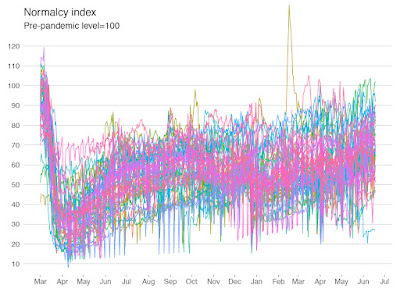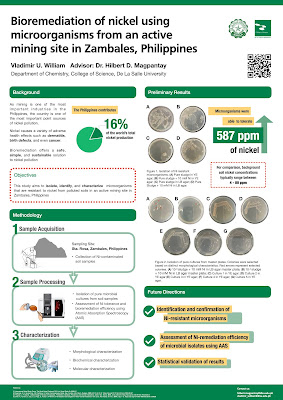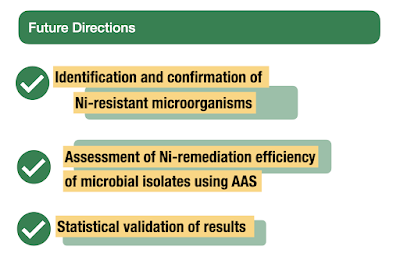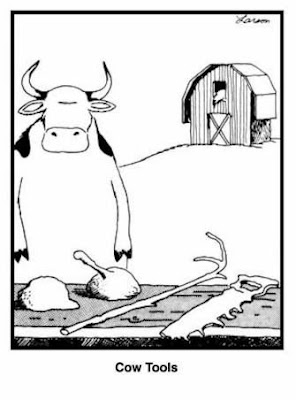But we are also in a climate crisis. If the COVID-19 pandemic hadn’t arrived, the climate emergency would probably have forced a similar re-examination of how we hold academic conferences – although it probably would have happened over decades instead of years.
A forthcoming paper by Leochico and colleagues looks at how we should change conferences in light of the climate crisis. They have multiple recommendations, but this is the one that includes posters.
Avoid single-use items: Require electronic instead of physical posters; re-evaluate use of booklets, lanyards, plastic water bottles, coffee cups, and other conference items.
As a basis for this recommendation, they cite another very recent article by Milford and colleagues (2021). They make the same general statement about reducing single-use items at conferences.
These are good recommendations, but it’s worth digging deeper.
First, most of the time posters have at least one additional use.
They can go on display at their institution, where they can have a role
in showing work to students and colleagues.
Second, posters are not in the same category as coffee cups or lanyards. Posters are one of the reasons you hold a conference. Lanyards are not. So if you do not want to use paper posters, you must have some sort of substitute.
The substitute both articles recommend is to move from paper posters to electronic posters. But neither of them provide any attempt to show that the carbon footprint of an electronic poster is lower than that of a paper poster. They simply assert it.
Trying to come up with an estimate of carbon costs for these kinds of alternatives is mind-numbingly hard. I have noticed, however, is that people often tend to underestimate the carbon costs of electronics.
For example, in a class I taught once on global change, students suggested that all students get tablets so that the university wouldn’t have to use so much paper. On the surface, it sounds great: less waste!
But I started asking them if they considered factors like what it took to create a tablet. Consumer electronics like smart phones use almost every chemical element in the periodic table, and many are rare and hard to extract. But paper is from trees, so by definition, if you want paper, you are drawing down atmospheric carbon to grow trees.
There’s also an end-of-life question. Recycling components of electronics is a challenging engineering problem that people are actively trying to solve. One the other hand, recycling paper is so simple that kids in grade school can do it. (Though it gets more complicated if you have glossy photo paper.)
Then there is the power use involved in storing and displaying an electronic poster. Unless the power is sourced from renewable energy, there is going to be an ongoing carbon cost of storing an electronic poster so it can be viewed on demand during the conference and afterwards. Yes, paper costs energy, but the energy cost ends after it’s printed and transported.
I am not saying that paper posters are obviously more climate friendly than electronic ones. I don’t know, but I don’t think anyone else does, either. I would like to know.
Update, 1 September 2021: To be explicit, I am assuming a situation where people are traveling to the conference, regardless of poster format. Given the high carbon cost of flying, an entirely online conference probably has a lower carbon footprint than any in person conference, regardless of poster format.
References
Leochico CFD, Di Giusto ML, Mitre R. 2021. Impact of scientific conferences on climate change and how to make them eco-friendly and inclusive: A scoping review. The Journal of Climate Change and Health: in press. https://doi.org/10.1016/j.joclim.2021.100042
Milford K, Rickard M, Chua M, Tomczyk K, Gatley-Dewing A, Lorenzo AJ. 2021. Medical conferences in the era of environmental conscientiousness and a global health crisis: The carbon footprint of presenter flights to pre-COVID pediatric urology conferences and a consideration of future options. Practice Management/Training 56(8): P1312-1316. https://doi.org/10.1016/j.jpedsurg.2020.07.013



















